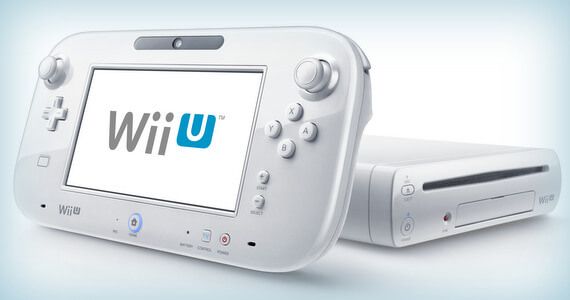Once considered a niche hobby for anyone over the age of eighteen, gaming has successfully infiltrated adult (not to mention senior citizen) life over the past decade. The Nintendo Wii gave young adults a hefty dose of nostalgia, updating fan-favorite franchises like Mario Kart and Metroid, as well as provided an approachable "social" gaming device for people of all ages. Similarly, increasingly powerful smartphones (such as the soon-to-be-announced iPhone 5) have put both deep and disposable game experiences in the palms of our hands - on devices we already own.
As a result, the population under the term "gamer" has swelled significantly - no longer relegated to the hard "core" gamer stereotype that, for many, brought to mind the image of a pasty looking young person surrounded by Dorito bags and empty pizza boxes, hunched in front of a glowing computer screen in their mother's basement. A lot of people are now gamers, 211.5 million in America (according to the latest NPD study) but is the bubble about to burst?
The aforementioned NPD study (via GameIndustry.biz) also asserts that the 211.5 million U.S. gamers number actually represents a 5% decline compared to last year's numbers (roughly 223 million). Of course, it's not easy to chart exactly why 12 million gamers would choose to put down their controllers (or smartphones) and, especially with a growing casual market, it's hard to know whether or not the missing players have actually stopped playing - or simply have not been motivated to purchase new games or consoles.
The study reveals that "core" console gaming has been eclipsed by the mobile market - as the mobile gamer population increased 22% in the last year and is now the largest segment in the gaming industry. Similarly, the digital market also increased by 14%. It's no surprise to see the mobile market on the rise - considering more and more consumers are trading in dated cellphones for touchscreen devices capable of accessing countless affordable gaming applications. Similarly, as digital distribution platforms (such as Steam and EA Origins) make it simpler and cheaper to access a more robust collection of play experiences, it's easy to understand why gamers are frequently turning to digital marketplaces.
That said, in a time when players a) are presented with a near-infinite number of game experiences b) have easier to access to titles (not to mention other players), and c) are required to spend less money (if any money at all), why are the number of U.S. gamers decreasing?
Considering there hasn't been a major drop in "core gamers" either (remember mobile only eclipsed "core" because of rapid smartphone and portable device growth), the most notable decline can be seen in the "The Family+Kid" population - which lost 17.4 million gamers since 2011. Had this number not fallen so drastically, the number of U.S. gamers might not even reflect a loss - since, based on the NPD numbers, only 12 million net gamers were lost in the last year. Why the enormous drop in what was, at one time, a major chunk of the gaming population? It's certainly possible that many of those Family+Kid gamers have simply moved into the mobile market (thanks to Angry Birds, etc) but there's also been a major fatigue in excitement for Nintendo's once mega-hit Wii console. A shortage of must have games, not to mention dated tech, has likely relegated a lot of Wii consoles to the hallway closet - causing a major drop in Family+Kid software sales (and, subsequently, a hefty decline in the active Family+Kid gaming population).
Even when Nintendo announced the Wii U back at E3 2011 (over a year ago), the game maker was already long-overdue for an updated piece of tech. As a result, the company that captured scores of new gamers and helped make it more socially acceptable for responsible adults to game may also be responsible for a large chunk of the charted decline. It'll be a few more months before we get an idea of whether these same Family+Kid gamers will respond to the Wii U launch lineup but it's hard to imagine a 1:1 ratio of Wii and Wii U sales - given that, as mentioned, some of these potential consumers will have probably moved on to the mobile market.
NPD also points out that even though it might not represent the largest percentage of gamers anymore, the "core" population is still extremely important to the industry - given that they spend significantly more ($60 a game) over long periods of time (six to ten year console cycles) when compared to the bite-sized contributions of the larger mobile market ($0.99 a game over two to three year device cycles).
As a result, considering "core" gaming is still going strong along with increases in digital and mobile gamers, this year's decrease isn't likely to be the herald of a major long-running decline - and is, more than likely, a routine drop off that follows an enormous expansion in market penetration. Even if there is some overall fatigue in the industry right now (in a longer-than-normal console generation cycle), new consoles are en route from Nintendo, Sony, and Microsoft - not to mention the continued rumors of Valve hardware that should help draw new (and returning) gamers back into the fold.
-
Follow me on Twitter @benkendrick for further updates as well as other movie, TV, and gaming news.
Source: NPD [via GameIndustry.biz]



